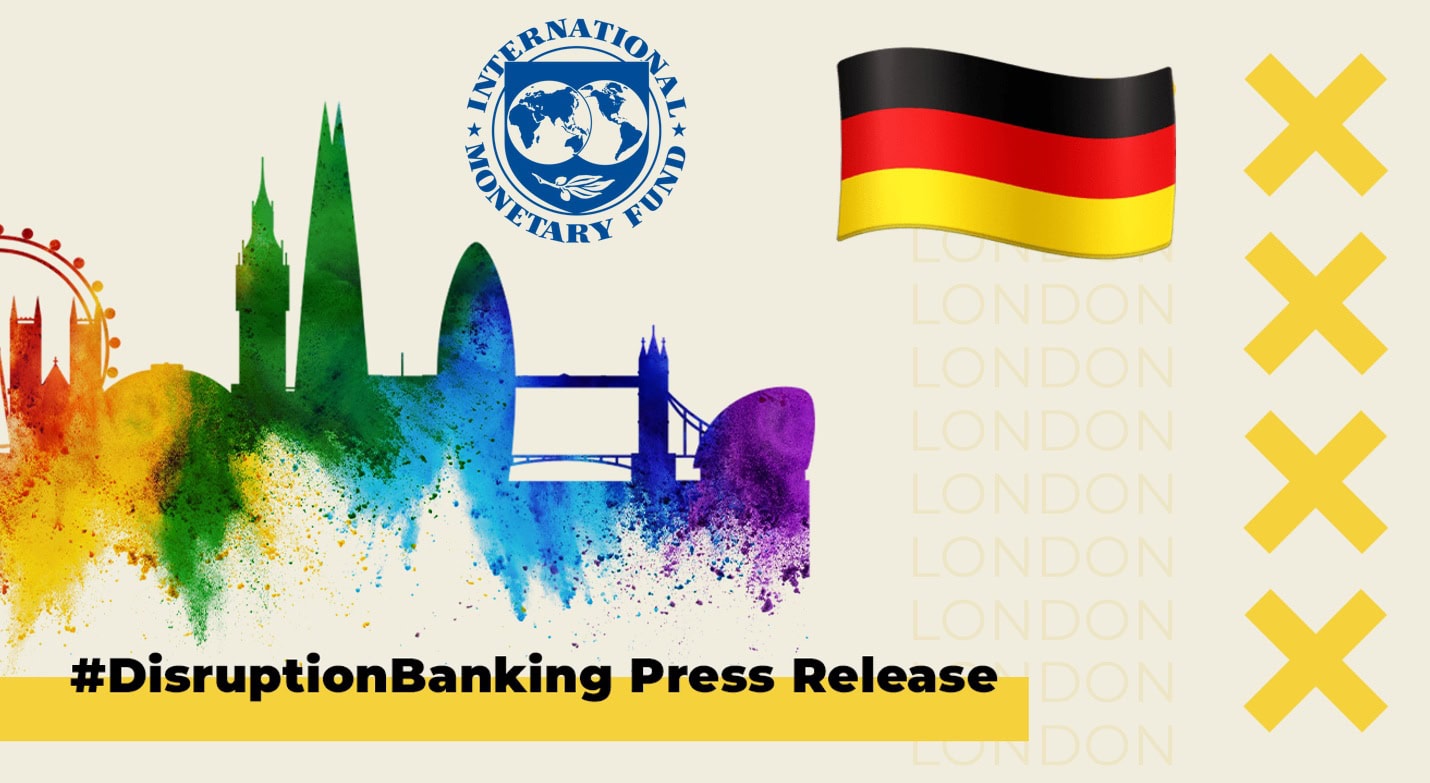For those who are unfamiliar with Mash, what do you offer as a service?
We’re in three business lines: traditional consumer loans, credit cards and pay-later solutions. We’re one of only two European companies that have an international presence providing pay later, both online and in-store. Last year, we did a deal with Verifone, through which we’re looking to distribute our pay-later solutions to hundreds of thousands of merchants across Europe.
The partnership with Verifone is a great example of collaboration in fintech. How are you working together to expand the reach
of Mash?
Fintech talks a lot about partnership, but I think a lot of partnerships in the industry today are more like service contracts. From our perspective, when we met with Verifone’s leadership team we were looking at being a services company, and now we’re offering a great service, which is empowering merchants to grow revenues. Mash is unique – it’s free and a simpler solution. Our focus was not on distribution, but rather how to simplify the payment ecosystem.
Verifone has been fantastic. They’re a market leader in Europe and it’s a partnership of equals. We deliver a cutting-edge fintech solution by knowing exactly how to distribute. Looking ahead, we plan to build additional services to expand and enrich the merchant experience.
With merchants empowered to expand their business, what are the benefits on the consumer side?
The whole process is faster than a credit card transaction. It’s streamlined. When you have to sit down and go through all your details to access consumer finance, you move away from the point of sale, you move away from the decision.
What we found is that merchants actually promote the service heavily.
For example, we’ve got dentists in Finland who send all of their invoice flow to us. It’s just so easy and they have no credit risk.
It takes them away from selling. We’ve got a solution for that: we’ll ‘mash’ this transaction. But that isn’t a decision to pay credit – it’s a decision to choose later what you want to do. All we agree to do is send an invoice, which you can look at in the comfort of your own
home. If you don’t like the options, you can pay the invoice off in full or choose another option.
As always, if we deliver a fantastic service to merchants, and a fantastic service to consumers, we’re going to be in a position to add value, make consumers happy and help grow bottom-line revenue for merchants.
What countries are you currently operating in, and what direction are you taking in terms of expansion?
We have offices in Finland, Sweden, Poland, Spain and Luxembourg. We want to get the markets right. There’s a danger at the growth stage in trying to do everything at once, and that’s a mistake we’re not going to make.
Our current focus is on the markets we already have. It’s important to maximise what we’re doing in each market, making sure we have the right local solution for all three product types. As we get to a place of comfort, we can continue to harvest the growth we have and then think about other markets. We’ll use our partnerships to help us go from market faster and at a lower cost, all while adding value for our partners and customers. It’s about balance.
Many fintech start-ups are embracing cryptocurrencies and blockchain technology. What effect do you see these having on Mash and on banking and finance in general?
I believe there is a problem to be solved by digital ledgers as blockchain technology scales. We’re starting to see some issues now, especially around trust in the payment ecosystem. For new platforms, it makes sense to use blockchain. But on the institutional banking side, it’s going to be very difficult for a lot of the big banks – who typically have a 5% refresh rate, that is there’s only 5% new technology every year – to jump on the bandwagon of digital ledgers.
We’re exploring what we might do with issuing a cryptocurrency bond, and then using some of the features around smart contracts. That’s definitely a place where we think there are some interesting approaches, in terms of overall capital, for debt raising. However, I think we’re three or four years away from really seeing a true commercial product.
Is the banking industry doing enough to adapt to a changing playing field in terms of product offerings, and do you consider fintech partnerships to be a solution here?
Banks rely on their ability to be nimble and to respond to customer concerns. Their story isn’t one of technology, but rather of replicating technology. I think banks are under attack on many fronts, and the only way they’re going to win is if they start thinking like entrepreneurs. They’ve spent the past 10 years ensuring there’s a strong culture of compliance, which is essential, but now they’re playing catch-up in digital terms. Many banks talk about an ability to offer digital solutions, but we’re yet to see anything truly innovative from a bank.
That’s where the partnership ecosystem comes in. I’ve sat on both sides of the table, and I can see an issue in banks continuing to think of fintechs as service providers, there to help them solve specific problems. They very much have a “we know what we’re doing here” mentality. The decision-makers are hidden somewhere up in the stack. Banks have a lot of energy behind them, but they’re not set up to be successful here. There’s a real dissonance between what the industry and merchants need and what the banks provide.
What issues do you see in banks versus fintech start-ups adapting to shifting expectations from different demographics?
There’s a challenge in taking a one-product strategy, which is the approach of many banks. It’s about customer retention. But it’s very easy for us, as a fast, nimble fintech company, to adapt to what our customers want. I don’t envy banks, although I do think they have an extraordinary opportunity. I’ve yet to see one that engages well and has the right internal structure to really enable and drive innovation.
You’ve been at Mash as CEO for just over a year. How are you finding it and how does your role compare with previous positions?
I love every day – I should have done this sooner! I was previously at Morgan Stanley for 15 years, and I loved my time there, but now I get to work on the biggest challenges every day. I get to think entrepreneurially and work with an amazing team doing really big things. And it’s fun, being able to close these big deals and meet with global partners, and try to create a brand that you believe in.
When you hear people on the street talking about Mash, or see them using Mash, it’s really exciting. I look at the results we have and it’s been record growth. I’m really proud of that. Some of that comes from my experience at Morgan Stanley, and some from working within a great team here, and with a great board.
We’re well on track to be the next European unicorn. But that’s not what drives me – I’m driven by phenomenal customer solutions, merchant solutions, and wowing customers one transaction at a time. The rest will follow.














